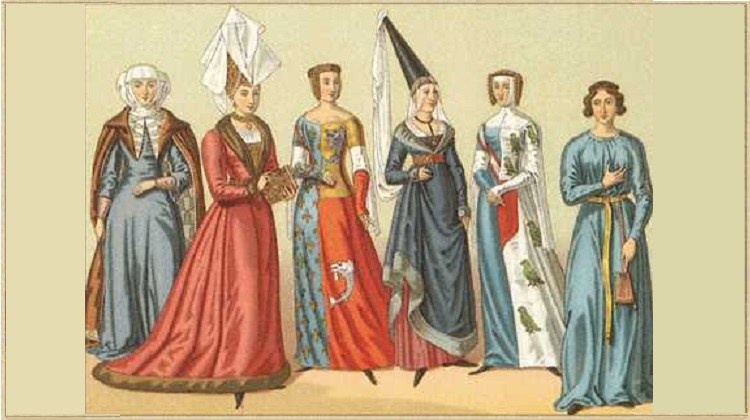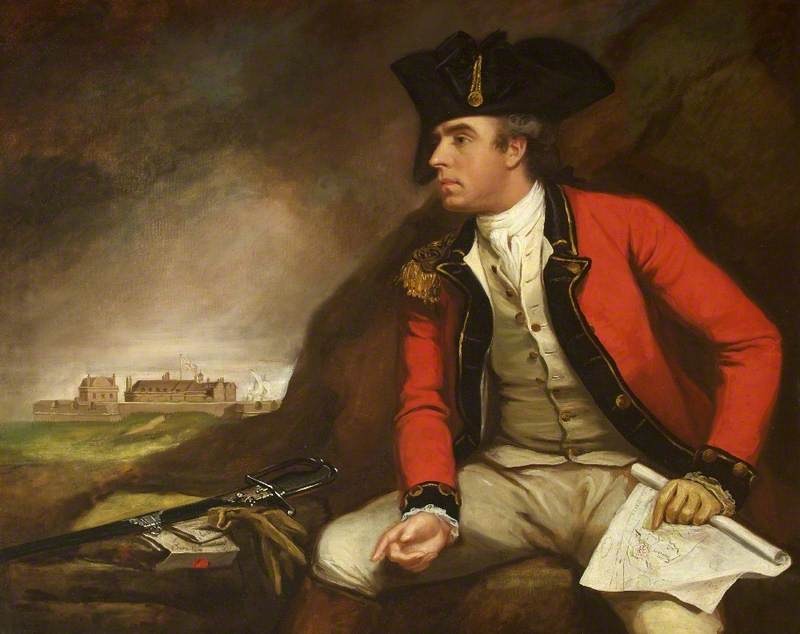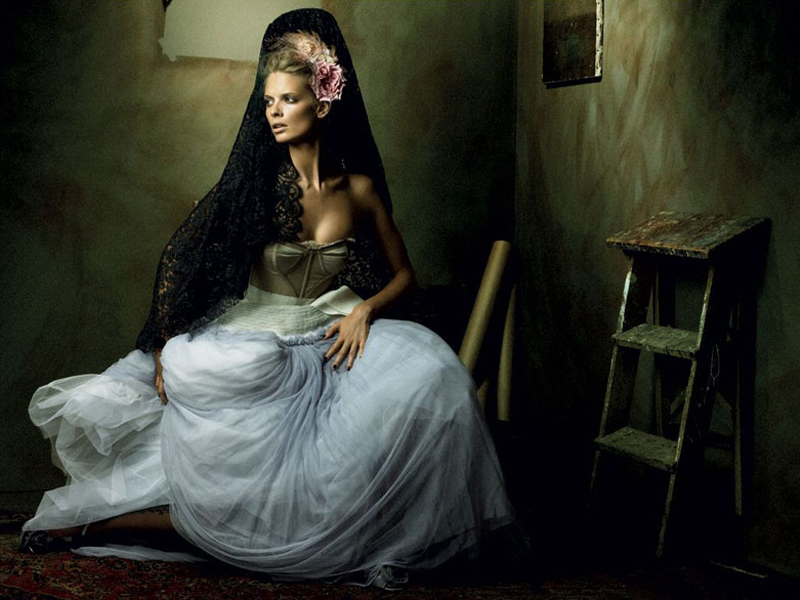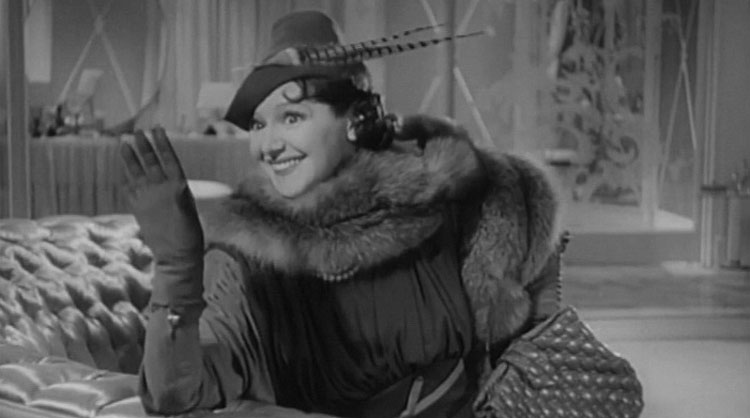
fairtrade, handmade & natural fibres
- Free shipping within the UK
- Safe payment
- Customer service: +31 6 10603703
Scarf - history
Scarves through the centuries
Ever wondered about the origin of the scarf? Where did it come from and how did it develop into the popular fashion item it is today? It is in Ancient Egypt (around 1350 BC) that we see the scarf appear in public for the first time. Join us on our travel through time and learn more about the scarf through the centuries.
1350 BC
Ancient Egyptians wear scarves to show their social status. Queen Nefertiti wears a silk scarf under her famous flat-topped headdress.
8th century BC
Roman men wear a band of linen cloth around the neck or knotted around the waist. They use this so-called sudarium to wipe their sweaty faces.
230 BC
Soldiers in the army of the Chinese Emperor Cheng use a scarf to show their military rank. Officers wear a silk scarf while the common soldier has a cotton one knotted around his neck.
50 BC – 60 AD
In the Rome of Caesar senators add a silk sash or scarf to their togas. The silk scarf has become a status symbol here as well. It is said that Emperor Nero hardly ever appears in public without a silk scarf around his neck.
12th century (Middle Ages)
Wealthy women wear high headdresses with fine scarves hanging from them. Queen Eleanor of Aquitaine appears to have been a particular trendsetter.
Poorer women, who can’t afford the latest fashion headdress, wear linen scarves tied around their heads.
It is common for a knight to take his lady’s silk scarf with him into battle.

Eleanor of Aquitaine and her ladies
17th century
The cravat is the forerunner of the modern tailord necktie. The scarf is made from linen and has laced edges. It can be worn by both men and women. The cravat is of military origin: it is part of the uniform of the regiment of Croation mercenaries fighting for Louis XIV.
The cravat develops into the famous Steinkirk cravat (named after the battle of Steenkerque). This scarf, made from luxurious materials and wrapped loosely around the neck, replaces the stiff ruffs that men and women used to wear. The Steinkirk cravat is popular among architects and artists who like to add something more creative to their, often, formal clothing.

The Steinkirk cravat
Meanwhile the Spanish mantilla is growing popular at the different European courts. The mantilla, a silk or laced shawl that covers both head and shoulders, prevents the low-cut dresses worn by nobel ladies from showing too much skin.

The Spanish mantilla
End 18th century
Emperor Pavel the First of Russia has such a dislike for silk scarves that he bans them from his army. The Emperor is killed in 1801, strangely enough strangled with a silk scarf.
19th century
Hermès, the French designer of the famous graphic silk scarves, is born in 1837.
Burberry, maker of the plaid scarf, is founded in 1856.
20th century
During the 1930s fur scarves are a hot fashion item in France.
In the seventies it is popular to wear scarves as a headband and wrapped around the waist.

Fur scarf in Paris during the 30s
21st century
Counting Flowers goes live in 2010.
---
